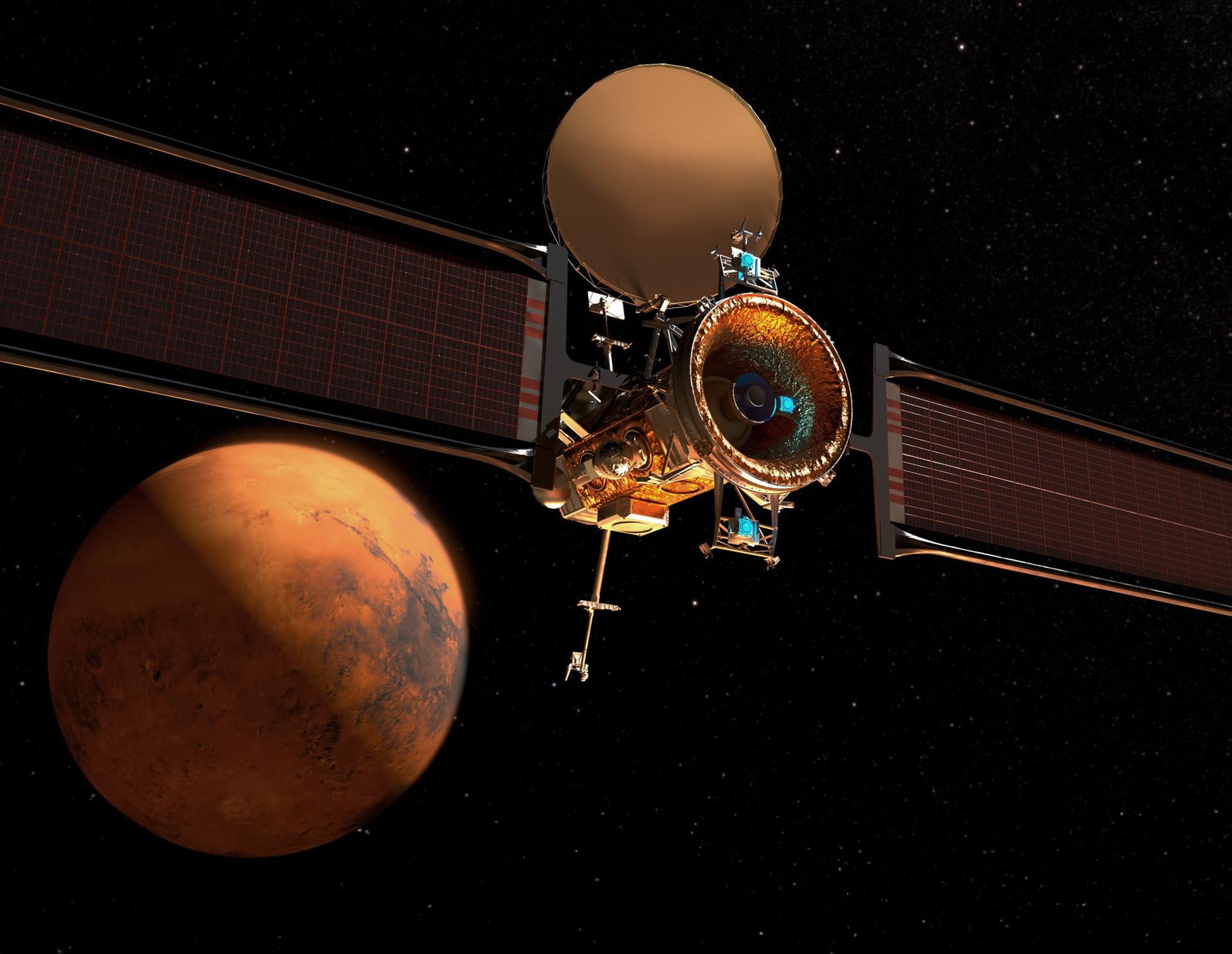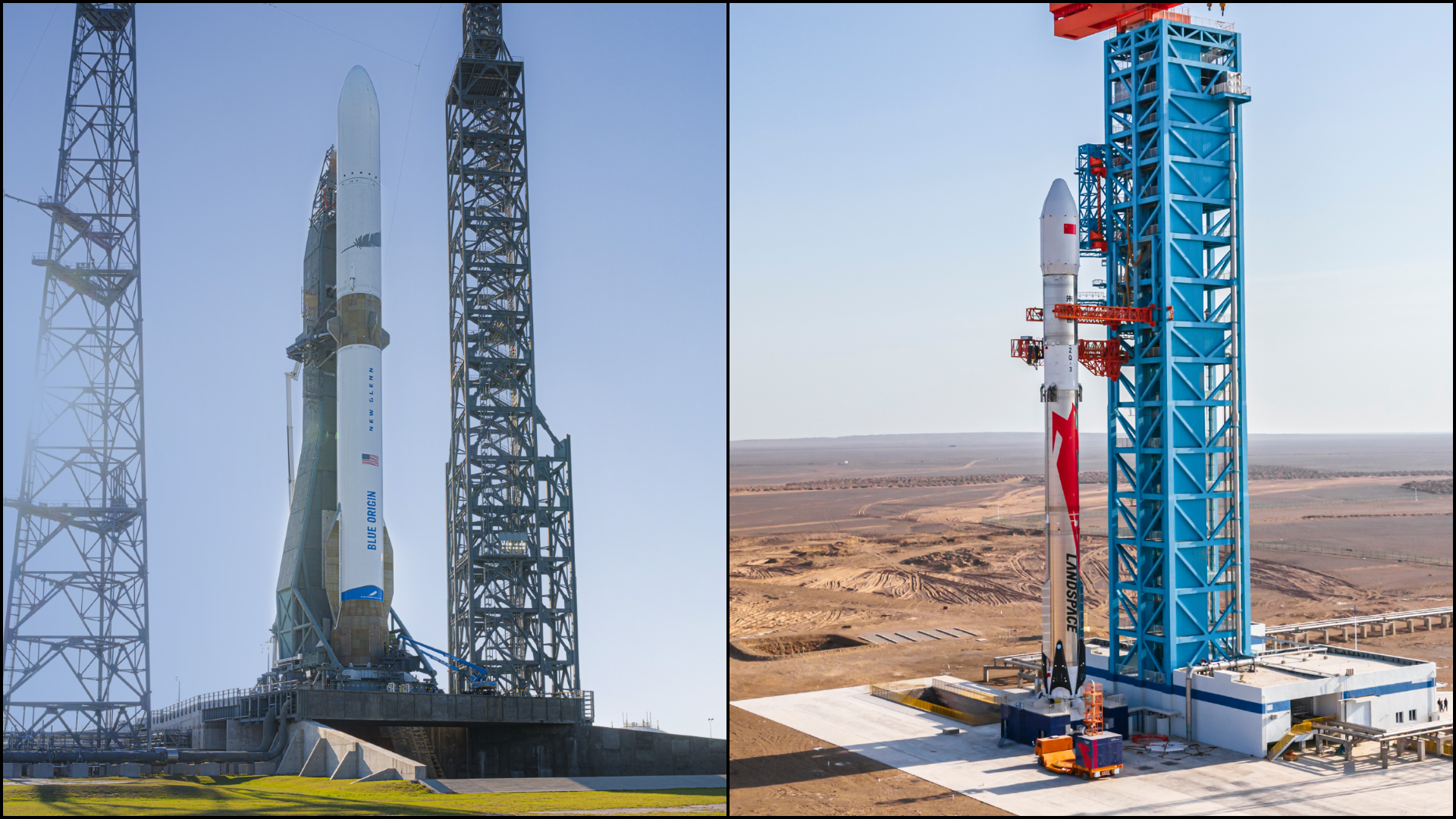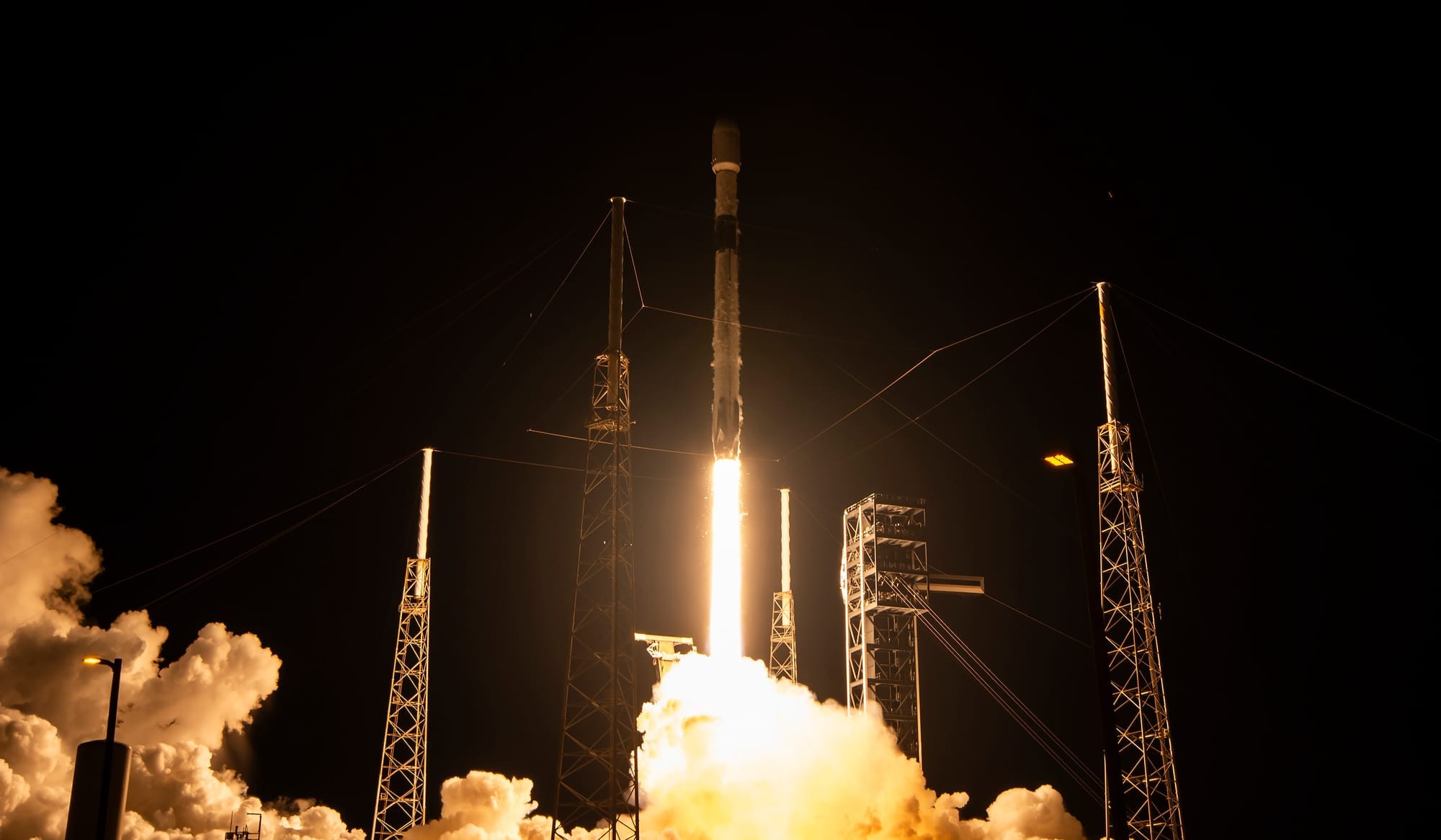Table of Contents
Out of the grave of the Jet Propulsion Lab’s Mars Telecommunications Orbiter, a few actors in the U.S. space sector are aiming to win a lucrative contract for a Mars orbiting relay. That orbiter could, when deployed, be a key part of NASA's Moon to Mars program, as well as SpaceX's plans for the Red Planet.
Rocket Lab

Initially put forth as part of an architecture for reorganizing NASA's Mars Sample Return mission, Rocket Lab's telecommunications orbiter leans on the company's spacecraft expertise. Rocket Lab is angling for its proposal to be the cost-effective solution, stating:
"The [Mars Telecommunications Orbiter] will be built using Rocket Lab’s vertically integrated components and subsystems that have long-standing heritage at the Red Planet. Our vertically integrated approach reduces complexity, controls cost and provides schedule certainty, all under a firm-fixed price."
The expertise Rock Lab is leaning on includes the ESCAPADE Mars twins, the MAVEN orbiter, the Insight lander, as well as rovers Curiosity and Perseverance, with the Ingenuity helicopter too. Other than ESCAPADE, experience on those missions was brought in through strategic business acquisitions.
Blue Origin

Meanwhile, Blue Origin's proposal for the Mars relay builds off of its Blue Ring spacecraft, equipping it with a massive antenna for talking with Earth. Alongside the main relay satellite, Blue also proposes deploying a few smaller spacecraft to talk to more missions across the planet's surface.
Alongside performing its role as a communication relay, Blue envisions using the spacecraft as a platform for deep-space computing for the missions it's communicating with, as well as hosting up to 1,000 kilograms of science onboard.
Blue Origin says its proposal will be ready to support missions in 2028 if selected.
SpaceX

In sharp contrast to the others, SpaceX's plan is set to consist of many satellites, forming a Starlink constellation for Mars, nicknamed 'Marslink', to bring communication coverage to the entire planet.
'Marslink' satellites would use proven Starlink designs, giant solar arrays, and optical laser interconnects, with an additional large antenna for Mars-to-Earth connections alongside the standard phased arrays to communicate with surface missions. With potentially dozens of 'Marslinks' in orbit, SpaceX has also proposed equipping the spacecraft with imaging and monitoring payloads (used on the Starsheild spy satellites) to regularly observe changes to the planet.
SpaceX's 'Marslink' would be deployed in batches through Starship-Super Heavy, the company's in-development fully reusable rocket, on missions to the red planet.
Lockheed Martin
Few details are available on Lockheed Martin's solution for a Mars relay, but according to a NASA study, it would utilize the proven design of the MAVEN orbiter and other relevant systems. Unlike MAVEN, the relay would feature two antennas, one to be fixed on Earth and the other with missions on the planet below where needed.






